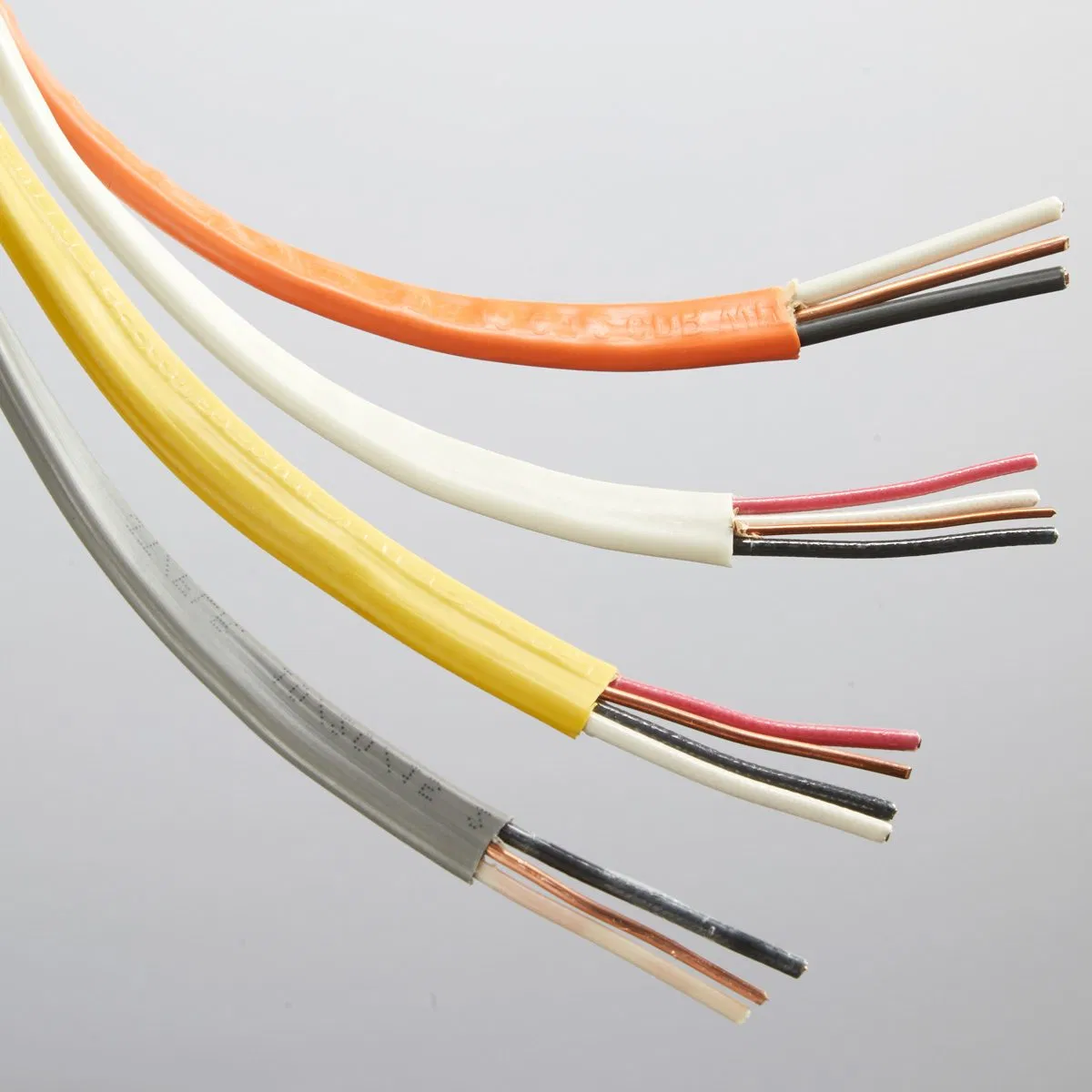When dealing with electrical systems, it is crucial to understand the implications of connecting positive to negative terminals. This seemingly simple action can have significant consequences on the functionality and safety of the system. In this article, we will delve into the effects of wiring positive to negative, exploring the potential outcomes and providing insights into how to avoid such situations.
- Short-Circuiting:
One of the most immediate consequences of connecting positive to negative is the risk of short-circuiting. When the positive and negative terminals are directly connected, it creates a low-resistance path for current flow. This can lead to a surge in current, potentially damaging components and posing a fire hazard. It is essential to always ensure proper polarity when connecting electrical components to prevent short-circuiting. - Damage to Components:
Connecting positive to negative can result in damage to electronic components within the circuit. Reversing the polarity can cause components such as diodes, transistors, and integrated circuits to malfunction or even fail. This can lead to costly repairs or replacements, emphasizing the importance of double-checking connections before powering up a circuit. - Reversed Polarity Protection:
To mitigate the risks associated with wiring positive to negative, many electronic devices incorporate reversed polarity protection mechanisms. These safeguards prevent damage by detecting incorrect polarity and shutting down the circuit before any harm occurs. Understanding the presence of such protection features in devices can help users avoid accidental mistakes and ensure the longevity of their equipment. - Safety Considerations:
In addition to the potential damage to components, connecting positive to negative can also pose safety risks to individuals handling the circuit. A sudden surge of current due to reversed polarity can lead to electrical shocks or burns. It is crucial to exercise caution and follow proper safety protocols when working with electrical systems to prevent accidents and injuries. - Troubleshooting and Resolution:
If you find yourself in a situation where positive has been wired to negative, it is essential to act swiftly to rectify the mistake. Disconnect power sources immediately to prevent further damage, then carefully inspect the connections to identify and correct the error. Consulting circuit diagrams or seeking professional assistance can help in troubleshooting and resolving the issue effectively.
Conclusion:
In conclusion, the consequences of wiring positive to negative in electrical systems can range from short-circuiting and component damage to safety hazards for individuals. By understanding the potential risks and implementing preventive measures, such as reversed polarity protection, users can safeguard their equipment and ensure the proper functioning of their circuits. Remember to always double-check connections and prioritize safety when working with electrical systems to avoid costly mistakes and accidents.



